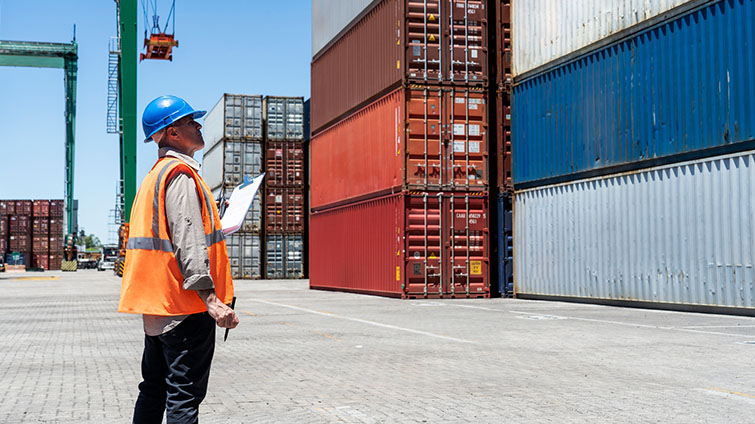Steel and aluminum tariffs rise while other tariffs are challenged in court

United States raises steel and aluminum tariffs
What had been a 25% tariff on imported steel, aluminum, and goods made with those materials was doubled to 50% as of June 4, 2025, at 12:01 a.m. This change applies to goods from all countries except the UK, which will continue to be subject to 25% steel and aluminum tariffs until July 9, when the rate will either increase to 50% or quotas may be imposed.
The change in the steel and aluminum tariffs has particular implications for importers who take advantage of Foreign Trade Zones (FTZs) to defer tariffs. Those who placed steel and aluminum goods into an FTZ before June 4 and expected a lower rate will now be subject to the 50% tariff when the goods are withdrawn. Goods admitted to an FTZ on or after June 4 will be subject to whatever duty rate is in place when they're withdrawn. The FTZ changes do not apply to auto parts.
A previous U.S. executive order removing tariff stacking for goods from Mexico and Canada was reversed. Steel and aluminum goods now face the 25% drug-related tariffs plus the 50% steel and aluminum tariffs. Compliance with the U.S.-Mexico-Canada Free Trade Agreement still exempts auto parts from the 25% auto parts tariff that was imposed globally in May and the 25% drug-related tariffs, but applicable steel and aluminum tariffs are now 50%.
Goods derived from steel and aluminum that were previously not subject to U.S. reciprocal tariffs are now subject to the 10% on their non-steel or non-aluminum content. Reciprocal rates may increase July 9, following the conclusion of a 90-day lowering of reciprocal tariffs on imports from most countries. The 50% tariff is applicable on the steel and aluminum derivative value.
Court challenge to U.S. president’s tariff authority
A court ruled May 28, 2025, that the U.S. president cannot impose tariffs by declaring a national emergency. This ruling applied to the 10% reciprocal tariffs on imports globally as well as the 20–25% tariffs on goods made in China, Canada, and Mexico that were imposed as a deterrent to drug-trafficking. A federal appeals court quickly stayed the decision, and the tariffs remain in effect while the appeals process unfolds. Arguments are due to the court by June 9, 2025.
Request to add goods to Section 232 aluminum tariff lists
The Aluminum Association submitted a request to the U.S. Bureau of Industry and Security to include certain derivative articles to the Section 232 tariffs on imported aluminum. Comments on the proposed additions were due June 4, 2025. The bureau is expected to decide which goods to add to the lists in the next 60 days.
A process to reduce Section 232 tariffs on vehicles
On May 20, 2025, the U.S. Department of Commerce published a notice outlining procedures for importers of automobiles qualifying for preferential tariff treatment under the United States-Mexico-Canada Agreement (USMCA). Importers of such automobiles may submit documentation identifying the amount of U.S. content in each model imported into the United States to offset a portion of the 25% tariffs.
Corrections or protests for refunds from tariff stacking
U.S. Customs and Border Protection released a notice outlining refund procedures related to tariff stacking. Beginning May 16, 2025, importers may request refunds on entries made on or after March 4, by way of a post-summary correction for unliquidated goods or by way of a protest for goods that have been liquidated before the protest period expired.
Visit our Trade & Tariff Insights page for the latest news, insights, perspectives, and resources from our customs and trade policy experts.